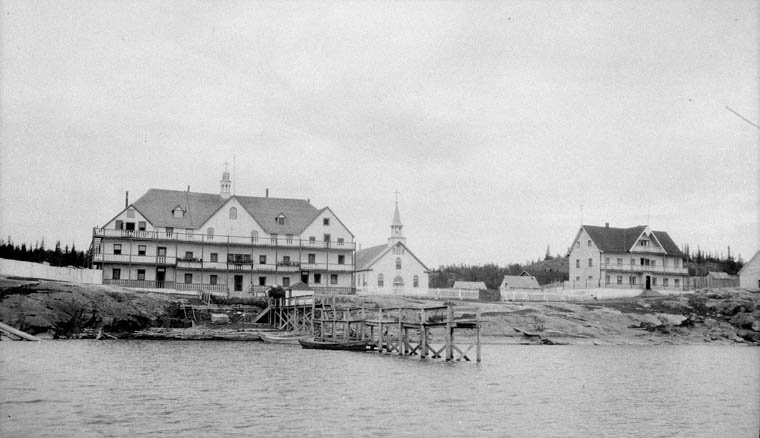Article
History of Birth Control in Canada
Human beings have practised birth control throughout history. However, in 19th-century Canada, this practice was largely forbidden or taboo. It was only in the 1920s that groups of citizens formed to defend birth control. The information, services and products related to this practice became increasingly accessible after the war. During the 1960s, Canada decriminalized contraception and abortion. In the 1970s, the number of organizations and services promoting access to contraception and family planning began to increase. From then on, birth control became an integral part of the public health approach to sexual health.










